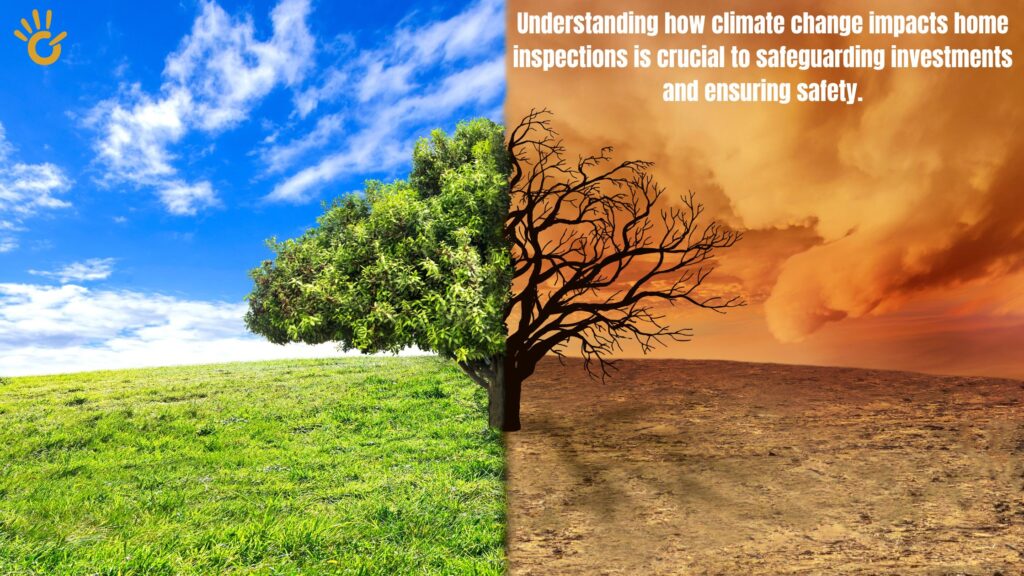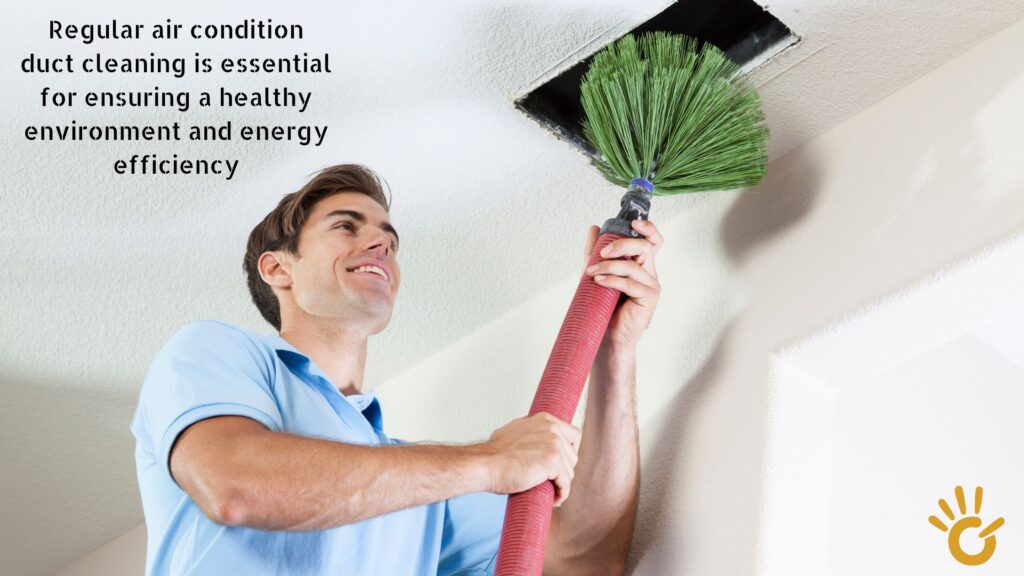Climate change is no longer a distant threat—it is a reality that is reshaping industries worldwide. One area where the effects of climate change are becoming increasingly evident is in real estate, particularly in the home inspection process. As extreme weather events and changing environmental conditions become more frequent, home inspectors must adapt their practices to ensure they identify risks related to climate change. For homeowners, buyers, and real estate professionals, understanding how climate change impacts home inspections is crucial to safeguarding investments and ensuring safety.
1. Extreme Weather Events and Structural Integrity
One of the most immediate impacts of climate change is the increase in extreme weather events, including hurricanes, floods, and wildfires. These events can cause significant damage to homes, especially in regions more prone to such disasters. Home inspectors must now be more vigilant in assessing a property’s structural integrity, focusing on vulnerabilities such as roof durability, foundation cracks, and water damage.
For instance:
- Flooding: Homes in flood-prone areas are at greater risk of water damage to foundations, basements, and electrical systems. Inspectors must assess the effectiveness of drainage systems and look for signs of previous flooding or moisture issues.
- Hurricanes and High Winds: Coastal areas may face stronger hurricanes, leading to roof and window damage. Inspectors should assess wind-resistant features such as hurricane straps, impact-resistant windows, and the condition of exterior walls.
2. Rising Sea Levels and Coastal Properties
Sea level rise is a long-term consequence of climate change, particularly affecting coastal properties. As sea levels rise, the risk of saltwater intrusion, soil erosion, and flooding increases. Home inspections for coastal properties now require more attention to flood mitigation measures, the condition of sea walls, and the potential for future erosion.
In addition to assessing current flood risks, inspectors may also need to consider how future sea level rise will impact the property. This could involve reviewing local zoning laws or building codes designed to address climate adaptation.
3. Increased Precipitation and Moisture-Related Issues
Regions that experience more frequent or intense rainfall due to climate change are more susceptible to moisture-related problems, such as mold growth, rot, and pest infestations. During a home inspection, it’s essential to identify areas where moisture can accumulate, such as:
- Poorly ventilated attics
- Leaky roofs
- Cracked foundations or basement walls
- Inadequate grading around the home
Inspectors must now check for water damage and mold more thoroughly than in the past. If left unchecked, these issues can affect the structural integrity of the home and pose health risks to the occupants.
4. Wildfire Risk and Defensible Space
In regions prone to wildfires, the impact of climate change is particularly concerning as rising temperatures and droughts increase the likelihood of devastating fires. Home inspectors in these areas should focus on the home’s fire resistance. Key elements include:
- The use of fire-resistant materials in construction
- Adequate defensible space around the property
- Proper maintenance of gutters and roofs to avoid the accumulation of flammable debris
Inspectors may also advise homeowners on steps to improve fire safety, such as installing firebreaks or using heat-resistant landscaping.
5. Energy Efficiency and Sustainability
As temperatures rise and weather patterns shift, energy efficiency has become a priority for both homeowners and home inspectors. Climate change is driving the demand for energy-efficient homes, and inspectors are increasingly tasked with assessing a home’s insulation, HVAC systems, windows, and overall energy performance.
Energy-efficient homes are more resilient to extreme temperatures, and they reduce the carbon footprint, making them attractive to eco-conscious buyers. Inspections now include:
- Evaluating the efficiency of heating and cooling systems
- Checking the quality of insulation
- Inspecting the seals on windows and doors to minimize energy loss
Inspectors may also look at renewable energy systems, such as solar panels, and assess whether they are operating efficiently.
6. Impact on Insurance and Building Codes
As climate-related risks increase, insurance companies and local governments are updating their policies and regulations. Home inspectors need to be aware of these changes, especially in areas with updated building codes that account for climate change. For example, some areas may now require homes to be elevated above a certain floodplain level, while others might have stricter regulations regarding fire-resistant materials.
Understanding the relationship between climate change, insurance rates, and building codes can help inspectors provide homeowners with comprehensive advice about future risks and the need for retrofits or upgrades.
7. The Role of Technology in Climate-Resilient Inspections
To adapt to the challenges posed by climate change, home inspectors are increasingly turning to technology. Thermal imaging cameras, moisture meters, and drones are tools that can help inspectors detect hidden issues related to climate change impacts, such as water damage or roof vulnerabilities.
Drones, in particular, are useful for inspecting hard-to-reach areas like roofs or properties in hazardous locations. As climate change makes certain areas more challenging to inspect, technology can help inspectors maintain high standards of accuracy and safety.
Conclusion: A Changing Landscape for Home Inspections
The impact of climate change on home inspections is multifaceted, requiring inspectors to adapt to new environmental risks. From structural damage caused by extreme weather events to rising sea levels and increased moisture, inspectors must broaden their scope and employ new technologies to ensure they can identify climate-related hazards. For homeowners and buyers, it’s essential to understand how climate change can affect the long-term safety and value of a property, making thorough and climate-conscious home inspections more critical than ever. By staying informed and proactive, both inspectors and homeowners can mitigate risks and ensure that homes are prepared to withstand the changing climate.


